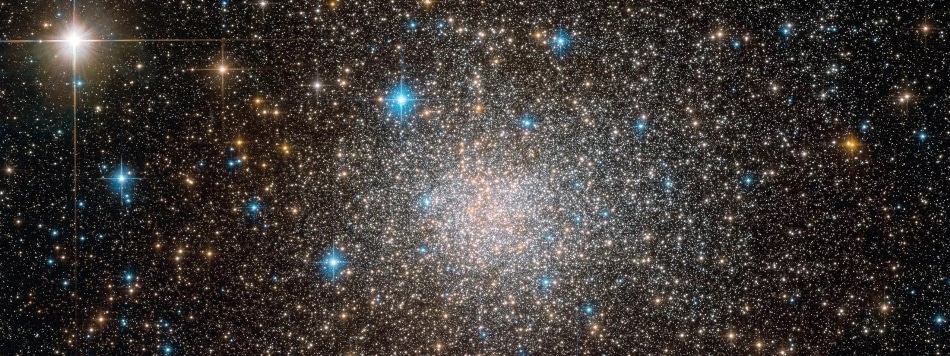Apr 26 2019
According to a recent study performed by scientists at the University of Strathclyde, bright flashes of gamma rays can be emitted by particles traveling via empty space when they interact with the quantum vacuum.
 (Image credit: University of Strathclyde)
(Image credit: University of Strathclyde)
Charged particles, like protons and electrons, have traditionally been known to generate the electromagnetic equivalent of a sonic boom. This happens when their speeds are greater than that of photons in the surrounding medium. Such an effect is referred to as Cherenkov emission and it contributes to the typical blue glow emitted by water within a nuclear reactor. At the CERN Large Hadron Collider, this effect is used for detecting particles.
Unexpected
Nothing can travel faster than the speed of light in vacuum, according to Einstein. As a result of this, it is often believed that the Cherenkov emission cannot take place in vacuum. However, as per the quantum theory, the vacuum itself is fully packed of “virtual particles”, which temporarily move in and out of existence.
Most often, ghostly particles like these cannot be seen, but they have the ability to change the vacuum into an optical medium in the presence of very strong magnetic and electric fields. This is because the speed of light is reduced in this converted vacuum and, as a result, Cherenkov gamma rays are emitted by high velocity charged particles. However, in a vacuum, this is completely unanticipated.
At the University of Strathclyde, a team of physics researchers has discovered that in extreme situations, like the one found at the focus of the most powerful lasers in the world and the large magnetic fields surrounding neutron stars, gamma rays will be sufficiently slowed down by this “polarized” vacuum so that Cherenkov emission can take place.
This implies that the greatest energy cosmic rays traveling through the pulsar-surrounding magnetic fields should mainly generate Cherenkov radiation, vastly exceeding other kinds of radiations, for example, synchrotron radiation.
The new study has been featured as an Editors’ Suggestion in Physical Review Letters. It was established as part of the EPSRC-funded Lab in a Bubble project to examine a set of fundamental phenomena that take place between plasma and laser interactions, with applications in medicine, security, and industry. Professor Dino Jaroszynski heads the Bubble project.
The Lab in a Bubble project is providing a unique opportunity to use high power lasers to advance both fundamental knowledge and advanced technology for the benefit of society. This is a very exciting new prediction because it could provide answers to basic questions such as what is the origin of the gamma-ray glow at the centre of galaxies? Also, it provides a new way of testing some of the most fundamental theories of science by pushing them to their limits. What is more, it will make a major contribution to the new High Field frontier of physics, made possible by the remarkable advances in laser technology which gained the award of the 2018 Nobel Prize in Physics.
Dino Jaroszynski, Professor, Department of Physics, The University of Strathclyde.
We take it for granted that nothing can come out of empty space consisting of pure vacuum. But this is not quite true; modern quantum physics says otherwise, and there are some intriguing surprises. There is a huge international effort to push forward the limits of laser technology. While this is driven by the many practical applications of high power lasers, its success will depend on understanding all the fundamental processes involved in laser-matter interactions. These results reveal a new aspect of these processes.
Dr Adam Noble, Department of Physics, The University of Strathclyde.
Dr Noble conceived the concept that resulted in the hypothetical research effort.
Quantum electrodynamics is one of the best-tested theories in physics, with extraordinary agreement between theoretical predictions and experimental data. But this agreement has only been verified in the weak-field regime. Vacuum Cherenkov radiation offers a new way to test whether it survives in the strong-field limit.
Alexander Macleod, Department of Physics, The University of Strathclyde.
As part of his PhD project, Macleod has worked on the project.
Lab in a Bubble—the EPSRC-funded project and led by The University of Strathclyde—is a £4.5 million launched for producing bubble-sized “laboratories” that can potentially boost industrial processes, medical imaging, and cancer treatment¸ apart from allowing the analysis of important physics challenges.
The aim of the investigators participating in the international project is to utilize high-powered lasers to carry out experiments in very small plasma bubbles, whose diameters are equal to one-tenth of the cross-section of a single strand of human hair. As a matter of fact, 99.999% of visible matter in the universe is made of plasma.